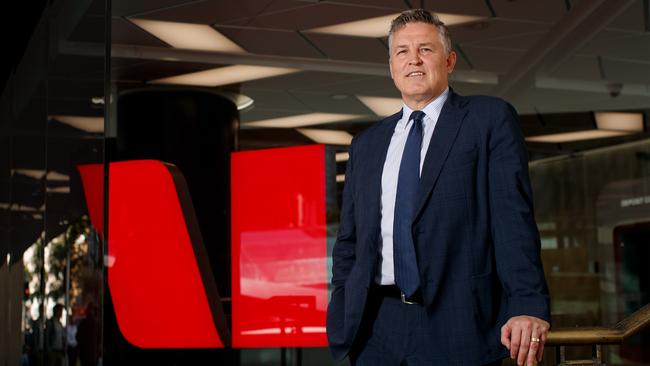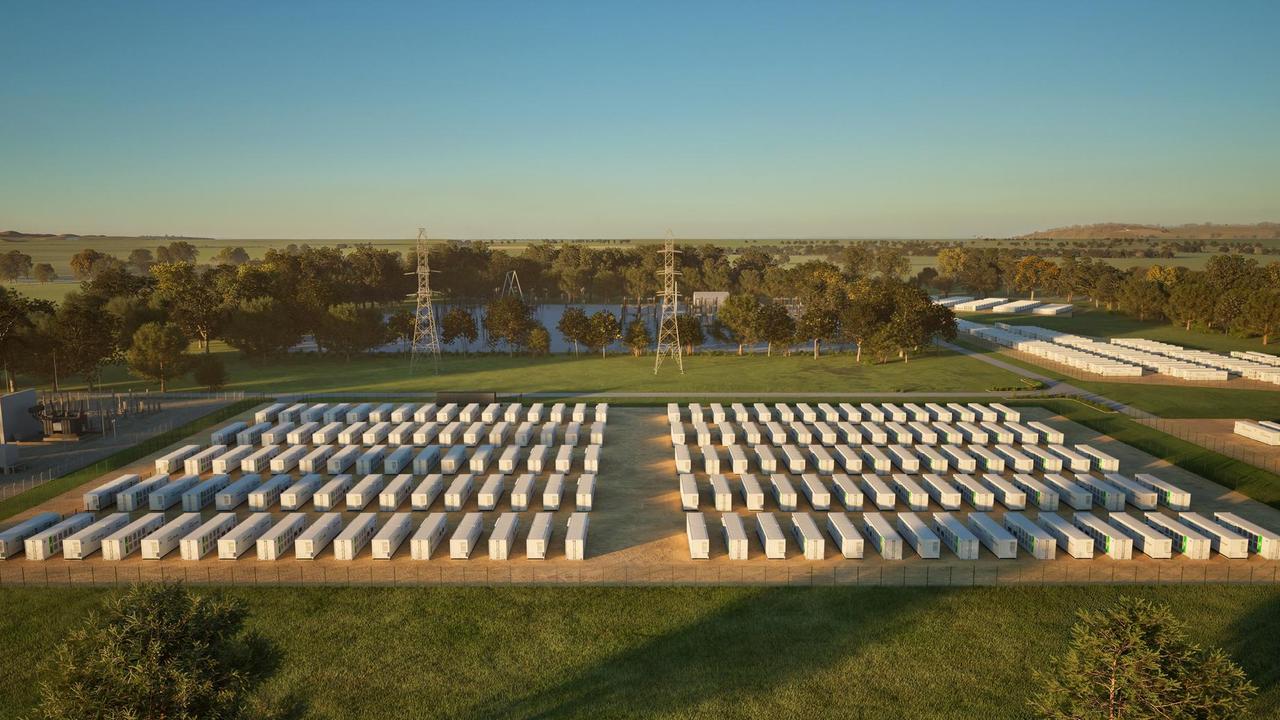Westpac watching rising unemployment as bad debts pull back
One of Australia’s big four banks thinks GDP will track sideways over the coming two years, with unemployment expected to lift from its current low levels.

Westpac warns Australia’s economic growth is set to track sideways, with unemployment expected to rise, as the big four bank unveiled a $1.7bn first quarter profit.
Ruling off its first quarter results, covering the three months to the end of December, Westpac charted a 9 per cent decline in earnings after a number of lumpy items weighed on its accounts.
But Westpac chief executive Anthony Miller warned the bank was seeing pain from some parts of its customer base, with concerns over cost pressures and weak demand.
Mr Miller, who took on the running of Westpac on December 16, said the bank was seeing costs piled on to its small business customers, with warnings the commercial property sector was set for a slump in values.
Despite this, Mr Miller said Westpac had shown a “solid first quarter performance”, with the result reflecting its “financial position, balance sheet growth and service excellence”.
Westpac’s profits were crimped by a number of notable items, which slashed almost $200m of its underlying result.
Excluding the notable items, Westpac would have posted a $1.9bn first quarter profit, up 3 per cent.
Westpac revealed it was seeing an improvement in troubled loans, with the bank trimming provisions for expected credit losses, with $5.091bn stashed away.
This was compared to $5.096bn in the September quarter.
The provisions showed Westpac facing an increased number of risky business lending provisions, while its home lending book continued to see declines in troubled loans.
Non-performing loans, 90 days past due, declined from 0.47 per cent of Westpac’s book to 0.44 per cent.
Westpac continues to run off its RAMS home lending book, after making the decision to close the business last year.
Westpac’s accounts showed the bank is expecting Australian GDP growth to track sideways in 2025 and 2026, at just 2.2 per cent.
The latest data from the Australian Bureau of Statistics showed population growth was running at 2.1 per cent.
Westpac’s results show in December the bank had dialled in assumptions unemployment would rise from its current low levels, expecting jobless figures to peak at 4.7 per cent this year, pulling back to 4.5 per cent in 2026.
However, in a recent note, the bank recently pulled its expectations for unemployment, now expected to hit 4.5 per cent by the end of the 2025 financial year.
ABS data showed unemployment of 4 per cent in December.
Mr Miller said Westpac’s customers continue to face higher costs of living and interest rates, which remained challenging for some borrowers.
“Many businesses face cost pressures and lower demand,” he said.
“Encouragingly, inflation has eased, and we could see the Reserve Bank of Australia reduce the cash rate as early as tomorrow.”
Mr Miller said any cut to rates could provide relief to households “and, over time, support business activity”.
Commercial property prices are expected to face real falls of 1.3 per cent this year, alongside a 3 per cent rise in house prices.
But commercial property and residential prices are both expected to enjoy a resurgence next year.
House prices are expected to climb 7 per cent in 2026, while commercial property prices will see a 4.2 per cent bump.
Revenues in the period were up 2 per cent, while expenses lifted 1 per cent.
Loans and deposits at Westpac have continued to rise.
Lending is up 5 per cent over the 12 months to December, hitting $820bn.
While deposits hit $688bn in the December quarter, up 6 per cent over 12 months.
But Westpac saw its core net interest lending margins slide 2 basis points in the period, down to 1.81 per cent.
Westpac is 62 per cent through its $3.5bn share buyback, one of several on-market buybacks from the banking sector.
Shares in the bank had lifted almost 37.52 per cent over the past 12 months, but on Monday Westpac’s investors sent the bank plummeting.
Westpac’s shares closed down 4.06 per cent, falling $1.40, to close at $33.3.
In response to the earnings update Investment bank Jarden downgraded Westpac to “underweight” for the first time since October 2023.
Jarden analyst Matthew Wilson said investors were looking for more certainty from Westpac’s Project Unite technology transformation.
Citi analyst Brendan Sproules said although costs on Project Unite had tracked low before the Christmas break, Westpac was likely to see its spending lift over the remainder of the year.
More Coverage
Originally published as Westpac watching rising unemployment as bad debts pull back





